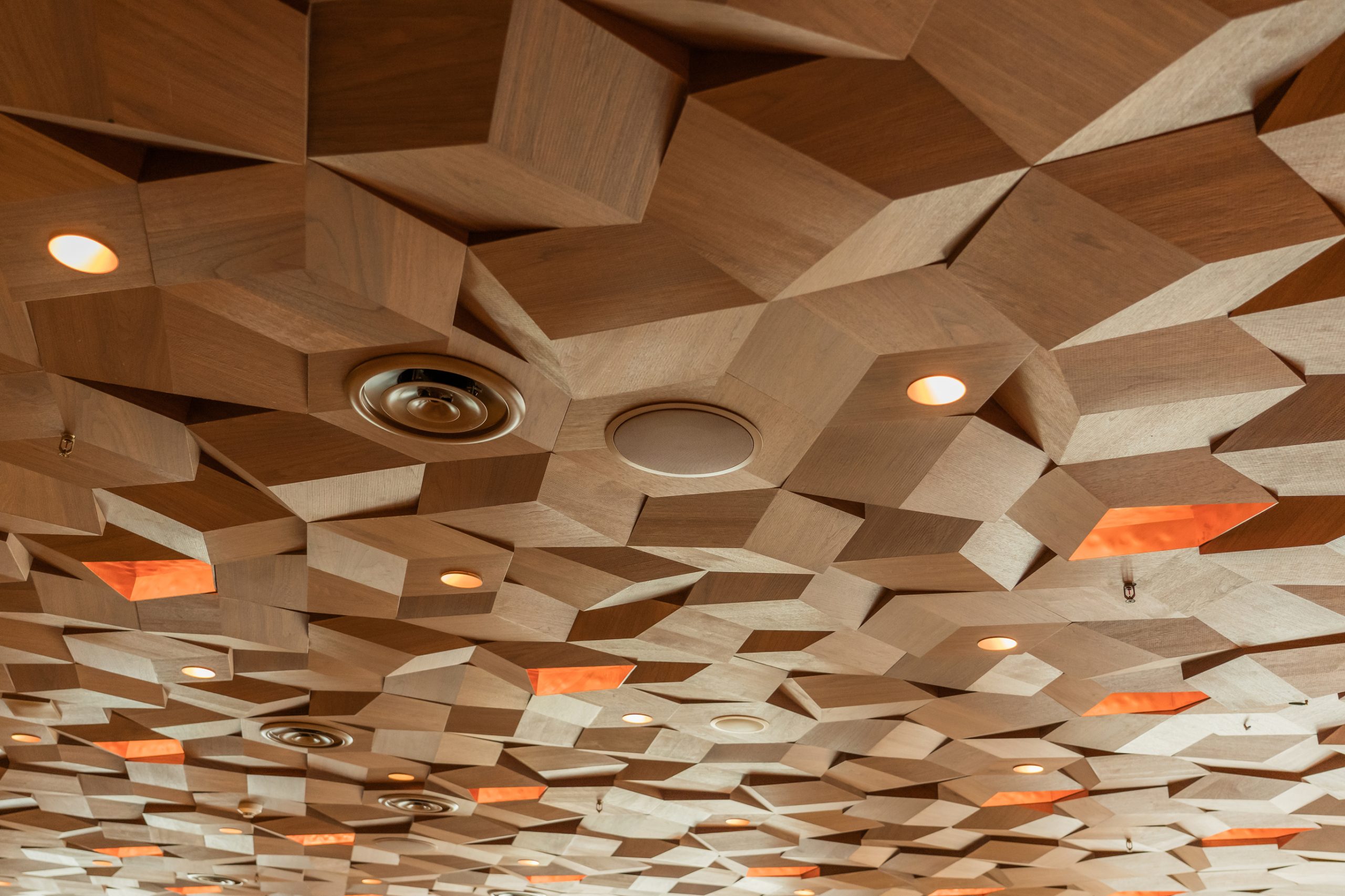The failings of ventilation – when outside air is not clean air

Clean air is important for human health, so buildings are ventilated, bringing in “clean” outside air for humans to breathe, expelling the polluted indoor air to the outside. But outside air is not always clean, and ventilation can worsen the Indoor Air Quality. Indeed, as we have witnessed in a building in central London, the operation of mechanical ventilation caused a rise in Particulate Matter levels.
Buildings use ventilation to provide a good Indoor Air Quality (IAQ) environment, something that is widely recognised as important for human health. You only have to think of the covid pandemic, which was an airborne disease that spread quickly amongst people in poorly ventilated spaces, or the annual flu season to understand why clean air is important. Furthermore, hay fever sufferers have a tough time seasonally when pollen levels increase and more and more people suffer from asthma, where poor indoor air quality can trigger attacks.
Ventilation should provide a good IAQ environment through the process of dilution. Simply put, existing pollutants inside a room, be they particles or gases, are removed by introducing outside air into a room with the existing air being extracted to the outside.
The effectiveness of natural ventilation depends on many factors, for example the number of open windows, which direction they face, on what floor the room is located and the outside weather conditions. Mechanical ventilation is very expensive, as the outside air that is drawn into a building has to be conditioned to the right indoor temperature, requiring heating in the winter and cooling in the summer. It is estimated that mechanical ventilation consumes 40% of a building’s energy consumption, and that buildings consume 40% of the total global energy consumption.
Not only is energy consumption a serious issue for facilities managers, but ventilation can also have another hidden danger. If the air being introduced into a building is not clean, then the ventilation process actually worsens the IAQ.
As an extreme, imagine that you are ventilating in Delhi or Beijing, two cities that have had outdoor air pollution levels far in excess of the WHO guidelines. Clearly introducing that outside heavily polluted air into a building would not improve but worsen the Indoor Air Quality.
We have witnessed this issue in a central London location where some high quality air sensors were installed, measuring different sizes of Particulate Matter (PM2.5 and PM10) as well as CO2 and VOCs. The grey lines in the chart below show PM2.5 levels in 3 different rooms over 4 days, whilst the blue line indicates the operating times of the Mechanical Ventilation system. The PM2.5 levels increased in all 3 rooms on three of the 4 days when the Air Handling Unit (AHU) was turned on, demonstrating that ventilation worsened the IAQ.
This location is in central London, and the data clearly shows the problem of introducing outside air by the mechanical ventilation system. A simple, practical and efficient solution is to add air purification, whereby HEPA filtration will capture the Particulate Matter and keep levels very low.
